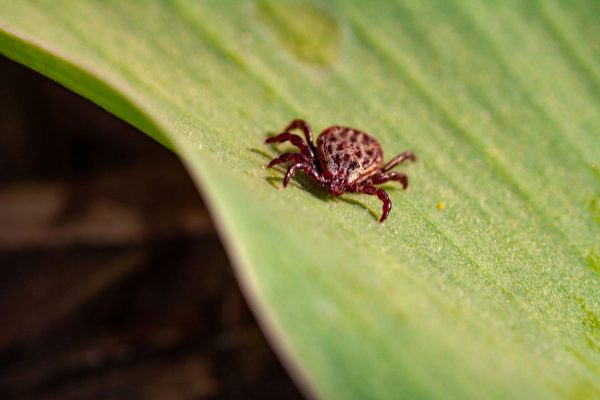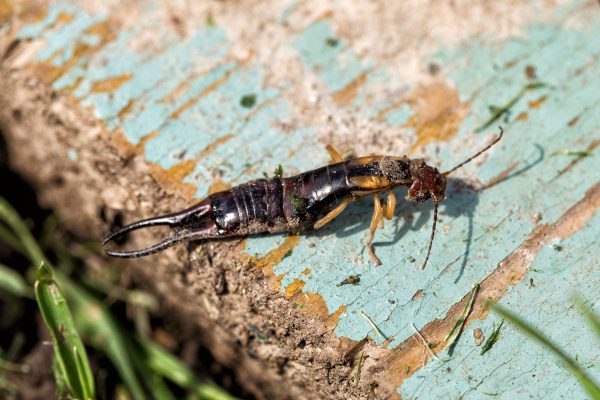Deer ticks are tiny bugs that can cause some serious health problems. But just how small are they? And what is the size of a deer tick compared to other types of ticks? Fortunately, we have compiled a list of details about deer ticks' sizes and other information about them.
Deer ticks are small arachnids that are closely related to spiders and mites. They are typically black or dark brown in color, and they have a hard exoskeleton. Deer ticks can range in size from 2 millimeters to 10 millimeters, although the vast majority are less than 5 millimeters long.
To get more details about deer ticks and how they differ from other ticks, keep reading below. Besides that, find out how dangerous deer ticks are and how you can prevent their biting.
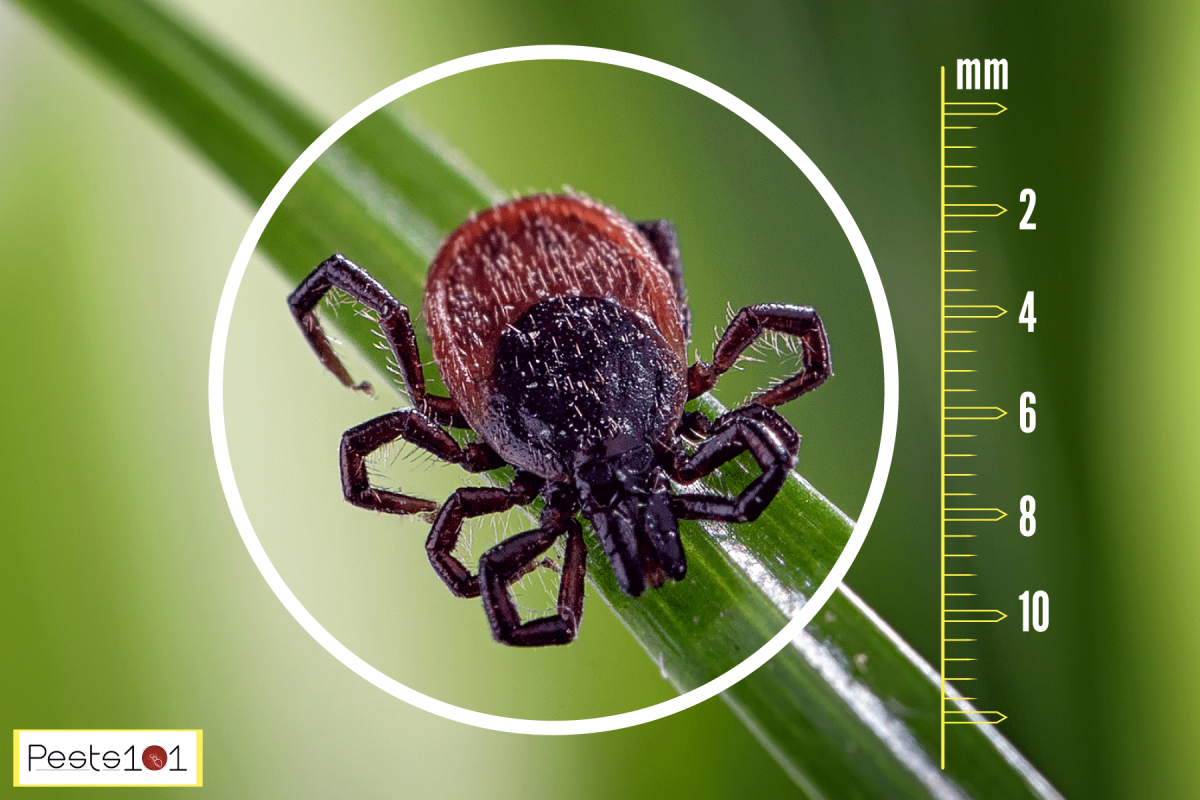
What Is the Size of a Deer Tick?
Deer ticks are small creatures, but they can cause a lot of harm. The adult female deer tick is 3 to 4 millimeters in size, while the adult male deer tick is 2 to 3 millimeters.
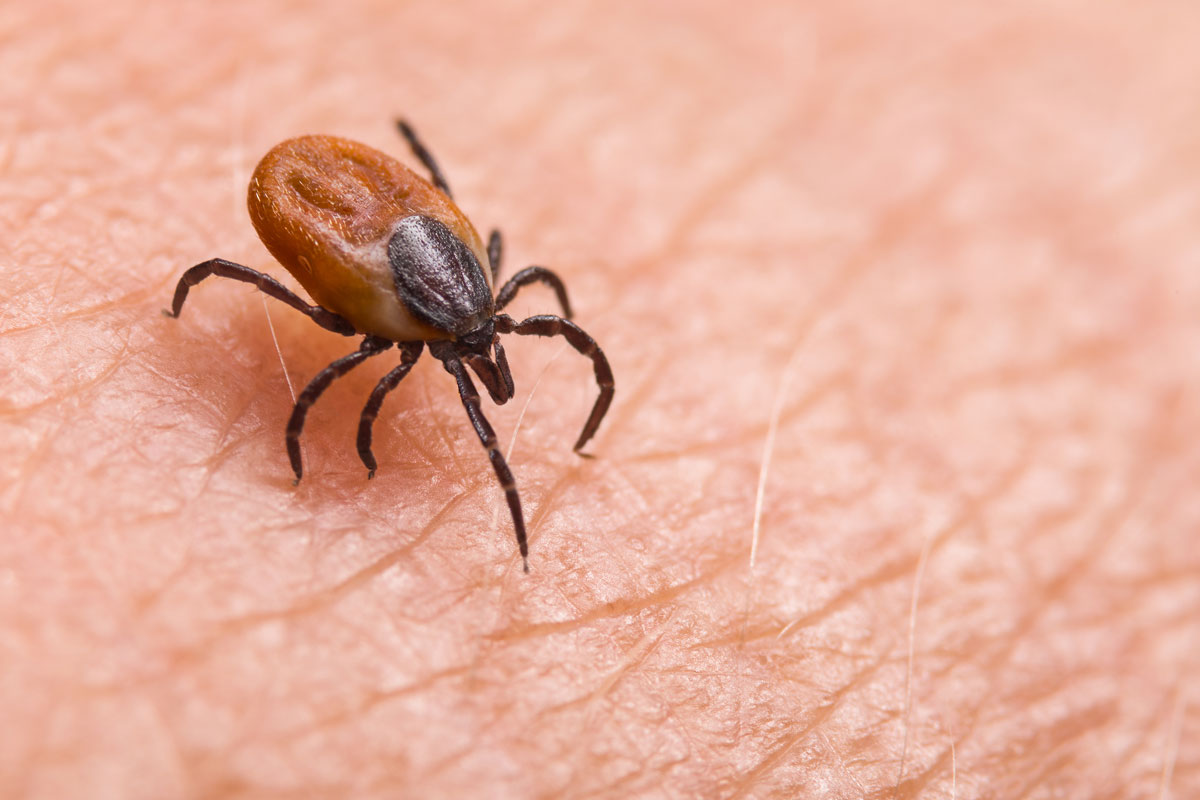
The nymph deer tick is 1 to 2 millimeters, and the larvae deer tick is less than 1 millimeter. They could reach up to 10 millimeters long in size!
Compared to dog tick, deer ticks are smaller which make them harder to locate and recognize.
What Does Deer Tick Look Like?
Adult deer ticks are about the size of a sesame seed, with a dark brown body and long legs. The males have flat bodies, while the females are slightly larger and more rounded.
They also have a distinctive shape, with a narrow body and long legs. In addition, deer ticks are typically dark brown or black in color, with a hard outer shell.
Where Do Deer Ticks Live?
Deer ticks are most commonly found in wooded areas with high grass or brush. They are often found near trails or at the edge of woods, where they can latch onto passing animals or humans.
Deer ticks can also be found in gardens and parks, particularly in areas where there is a lot of leaf litter. In general, deer ticks are more common in areas with a lot of vegetation. This is because they need a moist environment to survive and reproduce.
Additionally, deer ticks are more common in areas with a large deer population. This is because deer provide an easy way for ticks to spread from one area to another. As a result, deer ticks are most commonly found in rural areas with a large deer population.
However, they can also be found in suburban and urban areas if there is enough vegetation. When a deer tick finds a suitable host, it will attach itself and begin feeding.
In North America, deer ticks are found in wooded areas east of the Rocky Mountains. They typically live in grassy or brushy areas near woods or gardens, and they prefer to feed on white-tailed deer. However, deer ticks will also feed on other animals, including humans.
Are Deer Ticks Dangerous?
At first glance, deer ticks may not seem like much. They are small, reddish-brown creatures that are often no bigger than a poppy seed. But don't let their size fool you - deer ticks can cause some serious problems.
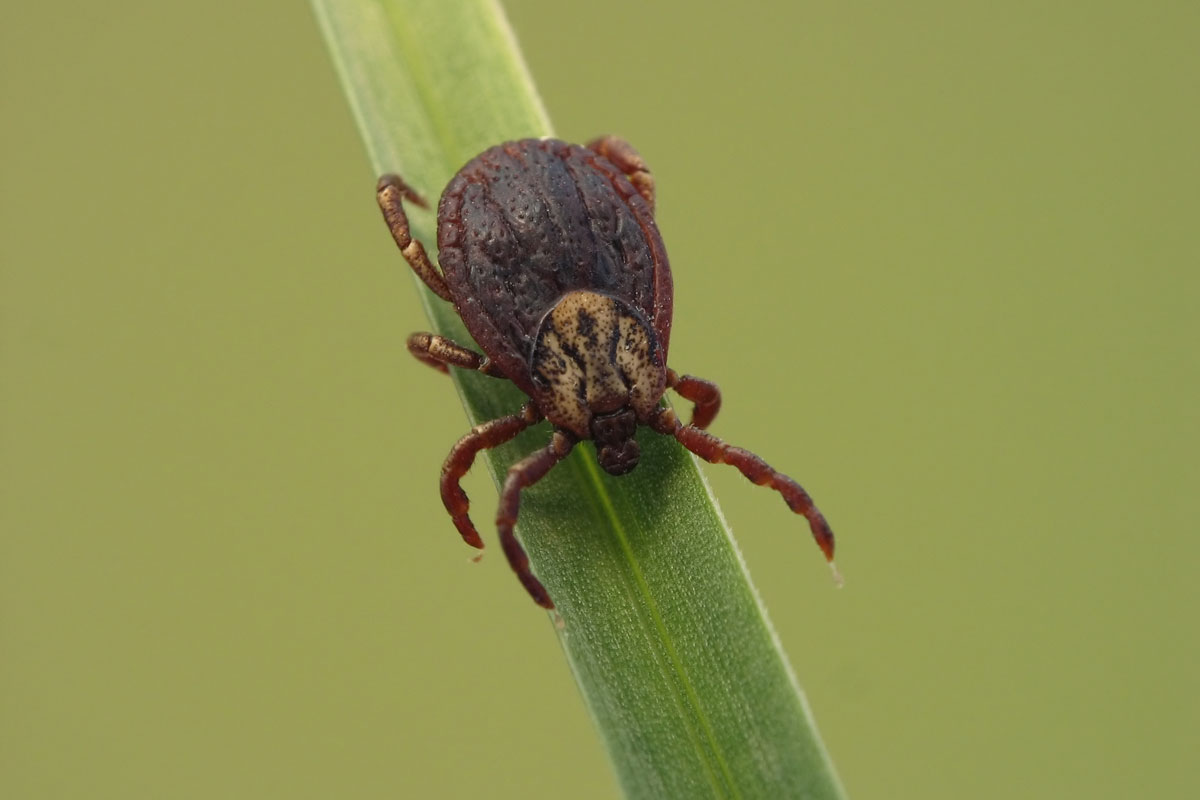
This tiny creature can cause a great deal of harm to humans and animals alike. The deer tick is known to carry Lyme disease, which can cause a wide range of symptoms ranging from flu-like illness to serious neurological damage.
It can cause a range of symptoms, including fever, headaches, and fatigue.
In addition, deer ticks are also known to host other harmful pathogens, making them a potential danger to anyone who spends time in wooded areas.
As a result, it is important to be aware of the dangers posed by deer ticks and take steps to avoid them whenever possible.
How Do You Determine If You’ve Been Bitten by a Deer Tick?
One way to tell if you've been bitten by a deer tick is to look for a small, red bump on your skin. This is usually the first sign of a bite, and it will usually appear within 24 hours after the tick has attached itself.
If you find a tick on your body, it's important to remove it carefully with tweezers, taking care not to crush the body of the tick. You should then wash the area with soap and water and monitor it for any further symptoms.
If you observe a red ring or spot around the bite area, that resembles a bull's eye, it could be an indicator of Lyme disease and you should get tested as soon as possible.
Also, if you develop a fever, rash, or other flu-like symptoms within a few weeks of being bitten, be sure to see a doctor as soon as possible, as these could be signs of Lyme disease.
With prompt treatment, Lyme disease is usually easy to cure. However, if left untreated, it can cause serious health problems. So if you'll be spending time in areas where deer ticks are common, be sure to take precautions to avoid being bitten.
What Are the Symptoms of Lyme Disease?
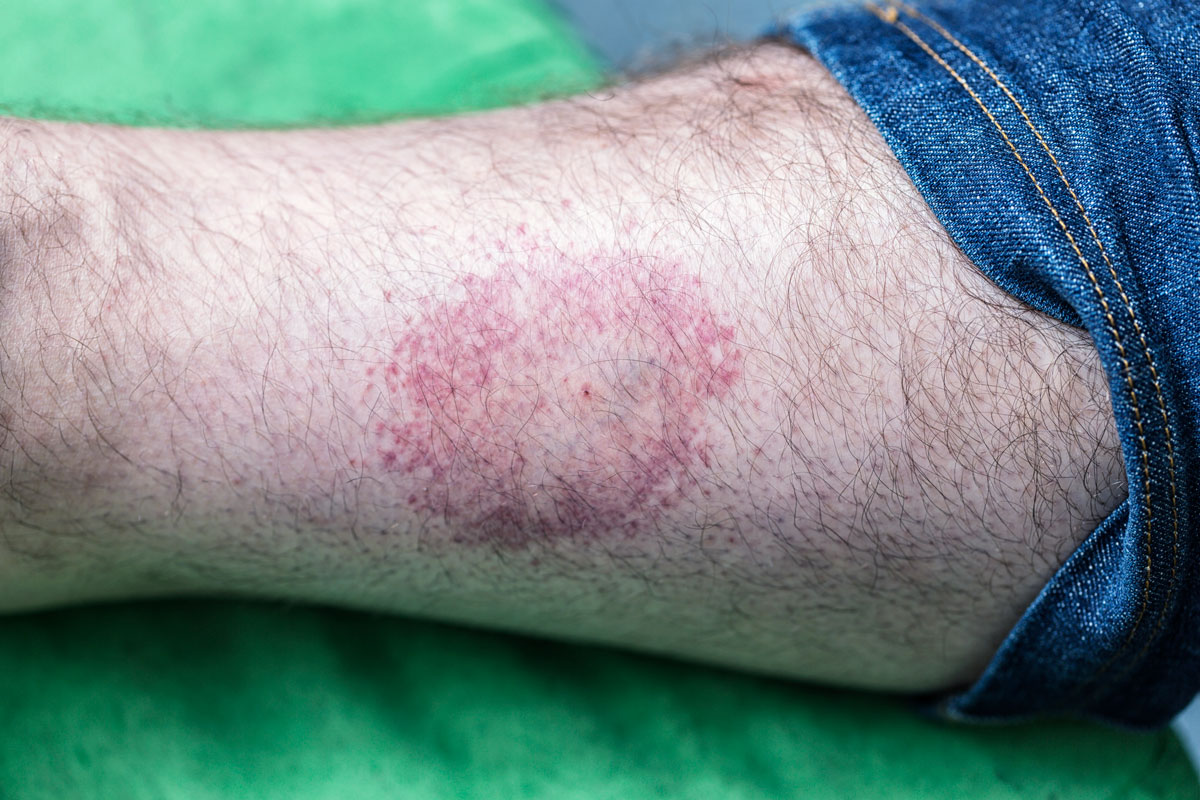
Lyme disease is a serious illness that can have a wide range of symptoms. Early signs and symptoms include fever, headache, fatigue, and a characteristic bulls-eye rash. If left untreated, Lyme disease can spread to the joints, heart, and nervous system and cause more serious problems.
If you think you may have Lyme disease, it's important to see your doctor as soon as possible for a diagnosis and treatment. Lyme disease is treatable with antibiotics, but the sooner it's caught, the better.
How Do You Remove a Deer Tick?
If you find a deer tick attached to your skin, the best course of action is to remove it as soon as possible. The best way to do this is to use a pair of tweezers.
- Grasp the tick as close to the skin as possible and pull it straight out. If the head of the tick remains in the skin, don't worry. It will eventually work its way out on its own.
- You can also remove ticks from your pets using a pair of tweezers. Be sure to wear gloves when handling a tick, and avoid crushing it.
- Once the tick has been removed, clean the bite area with soap and water.
- Then, after removing the tick, place it in a sealed container and dispose of it in the trash.
- Finally, wash your hands and the affected area with soap and water.
By taking these simple steps, you can help to prevent the spread of Lyme disease and other tick-borne illnesses.
Is There a Way to Prevent Deer Ticks from Biting?
Deer ticks are most active in the spring and summer months, so it's important to be extra vigilant during these times of the year. If you'll be spending time in areas where deer ticks are common, wear long pants and sleeves to cover your skin.
Some simple steps that you can take include wearing light-colored clothing (so that the ticks are easier to see), using insect repellent, and doing a tick check after spending time outdoors.
You should also use an insect repellent that contains DEET, and check your body for ticks after spending time outdoors.
Check out this 100% DEET formula on Amazon.
By taking these simple precautions, you can help to protect yourself from the dangers posed by deer ticks.
How to Clean the Area with Deer Ticks?
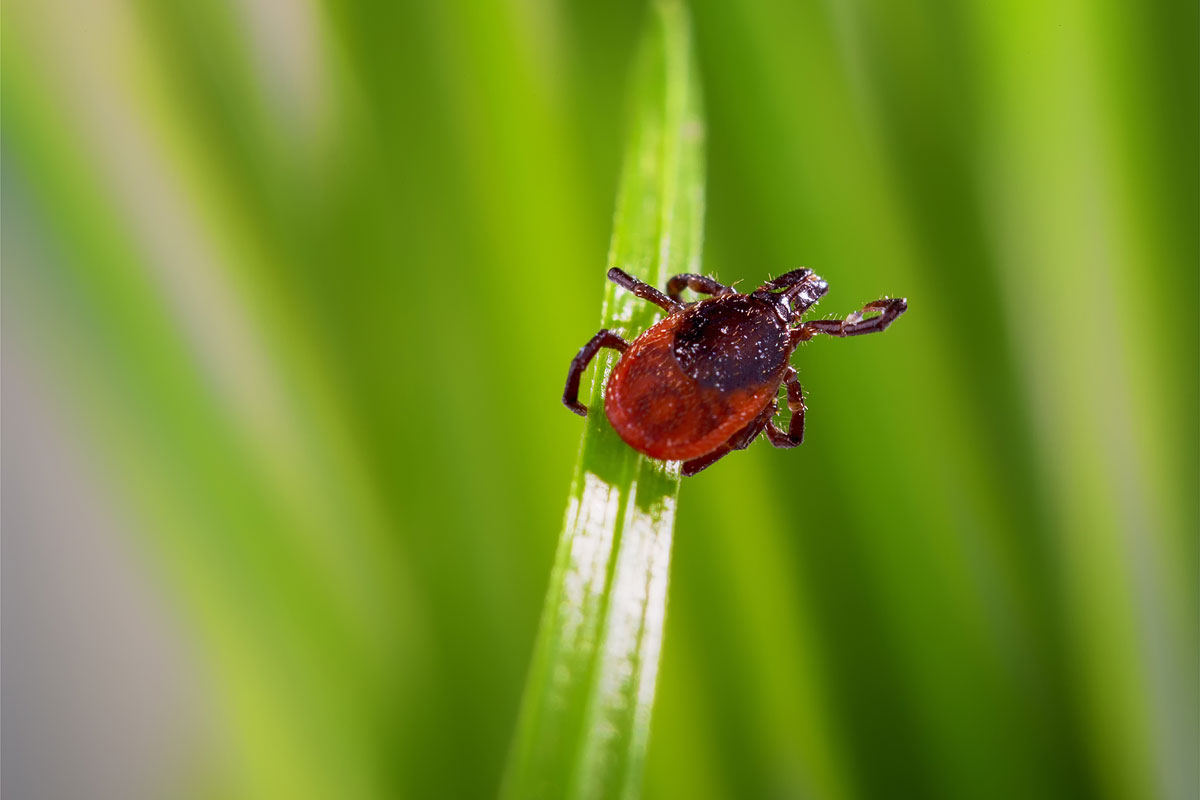
Spring has arrived, and with it comes the return of deer ticks. These tiny creatures can carry a range of diseases, including Lyme disease, so it's important to take steps to protect yourself from them. Here are five ways to clean your property and reduce the risk of deer tick bites:
- Remove potential tick habitats. Ticks like to hide in tall grasses and bushes, so keep your lawn trimmed and remove any overgrowth around your property.
- Use tick repellents. There are a number of effective repellents on the market that can help keep ticks away from you and your family.
- Check for ticks regularly. Make sure to do a full-body check after spending time outdoors, and look for ticks on your clothing before coming inside.
By following these simple tips, you can help to keep your family safe from deer ticks this spring.
Final Thoughts
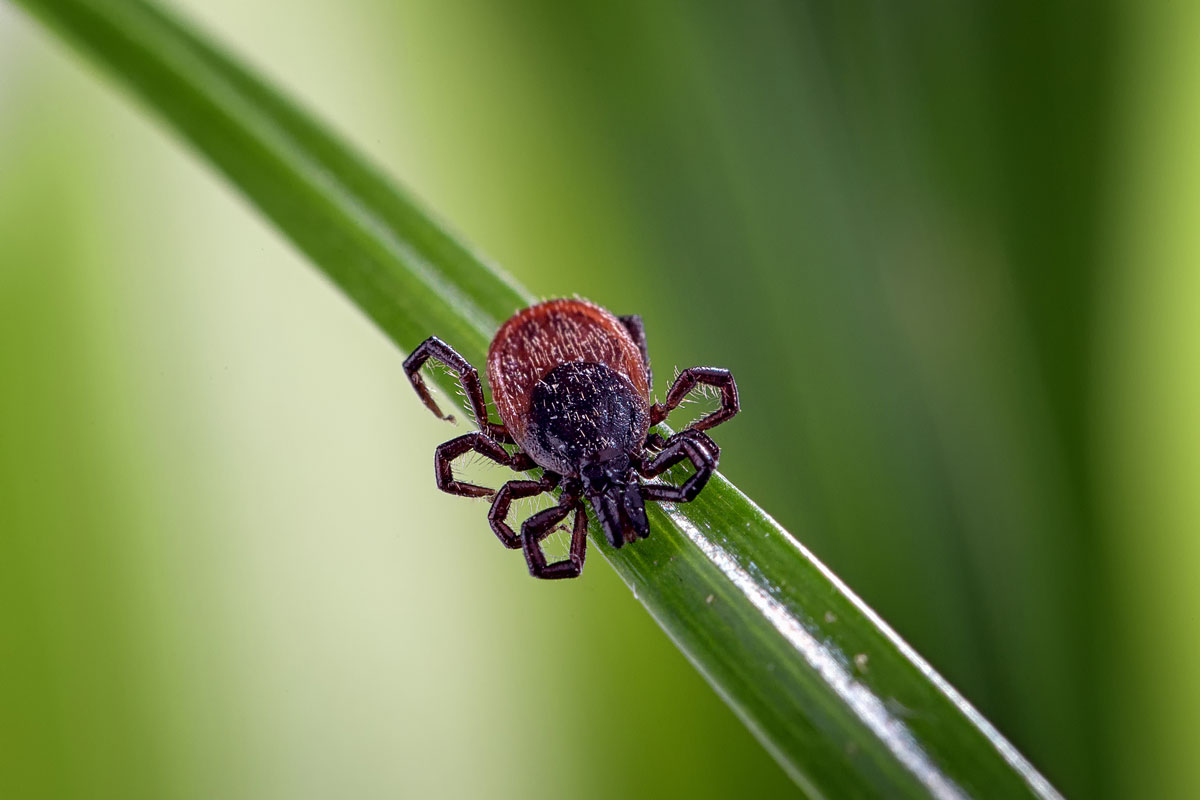
Deer ticks are tiny but mighty. They can transmit diseases and if you think you have been bitten by a deer tick, contact your doctor immediately. Early diagnosis and treatment are key to preventing serious health complications.
To get more ideas on different pests and how to control them, check out the posts below:
Do Bonide Systemic Granules Kill Spider Mites?


